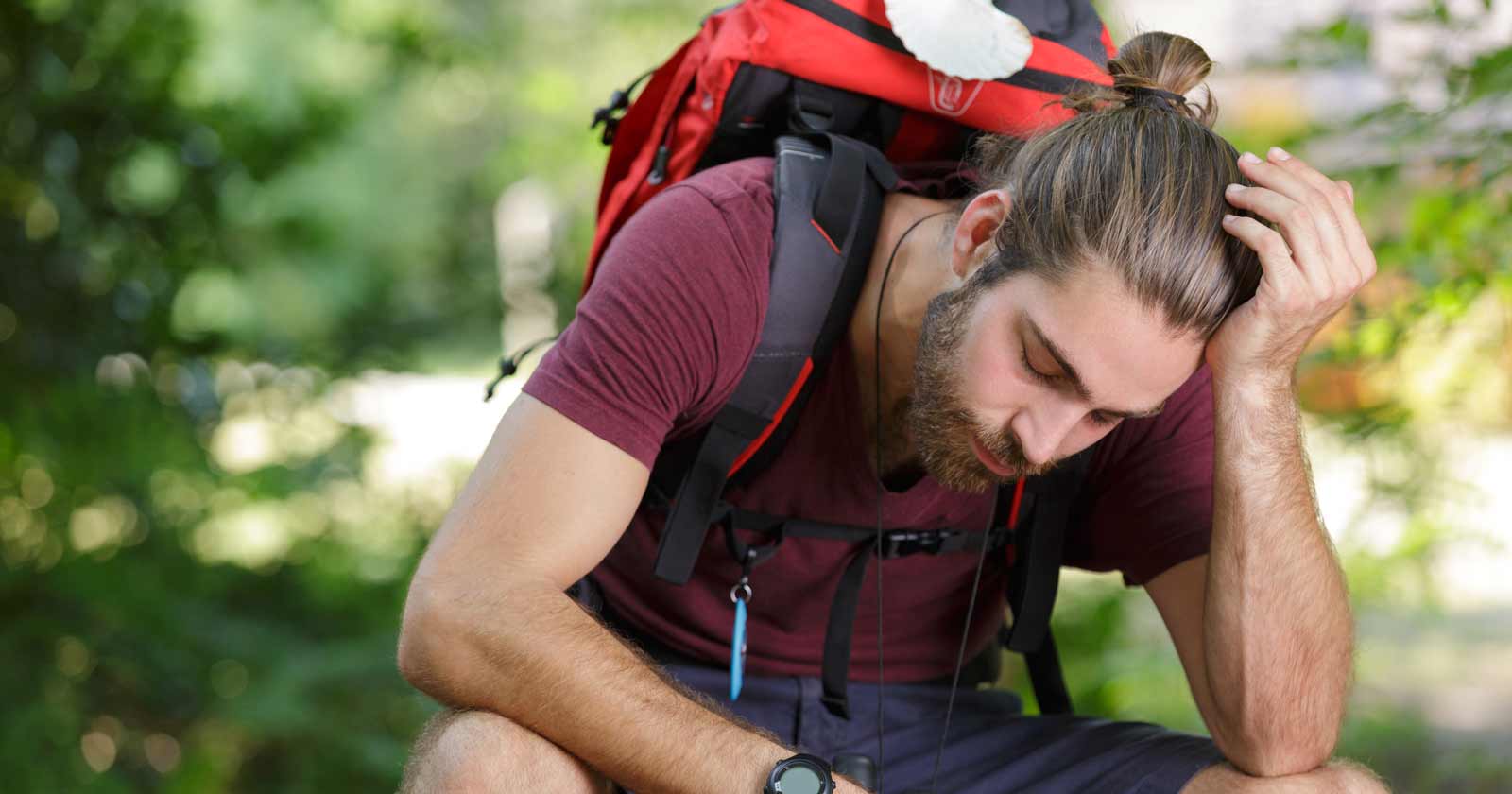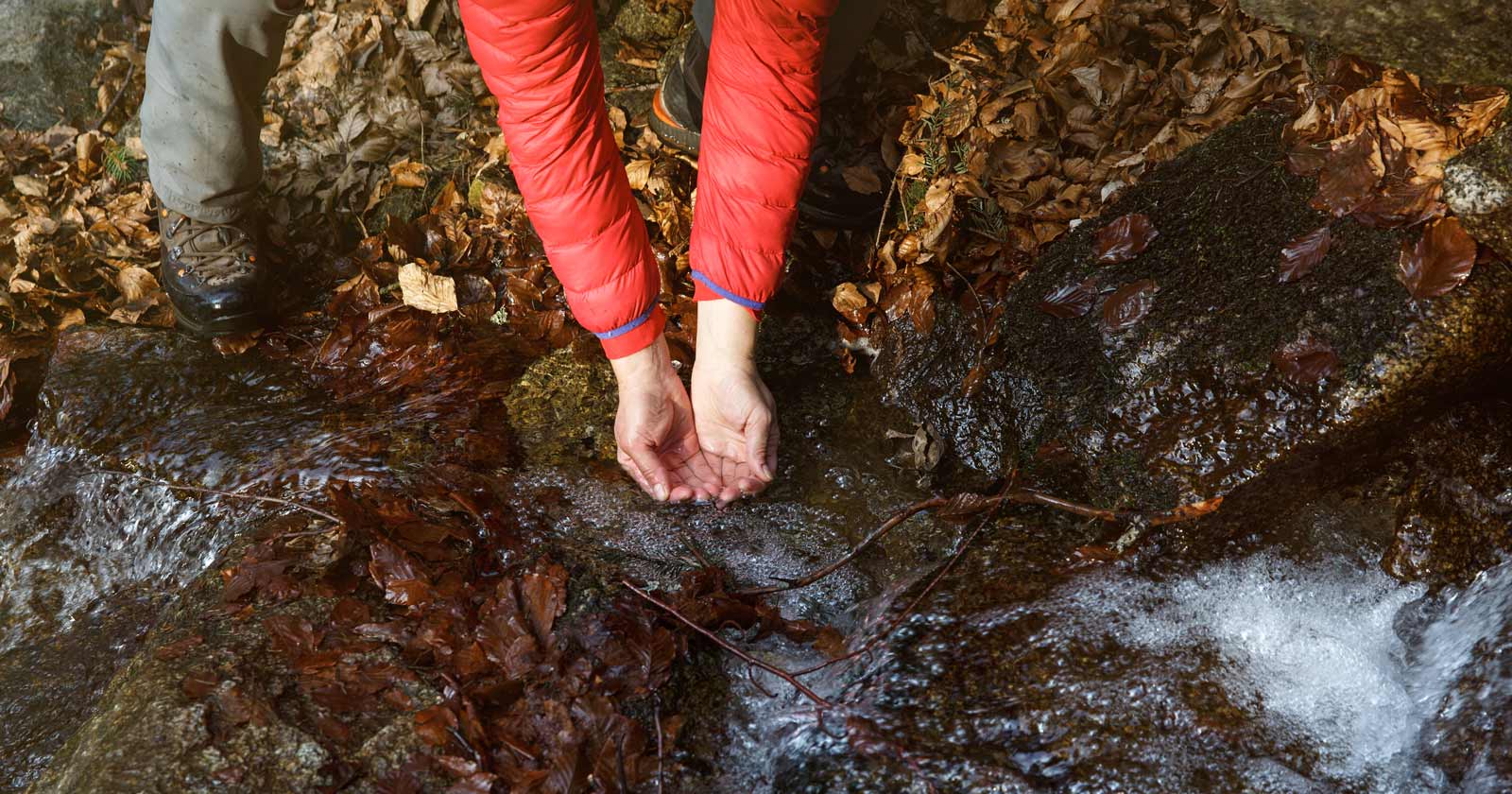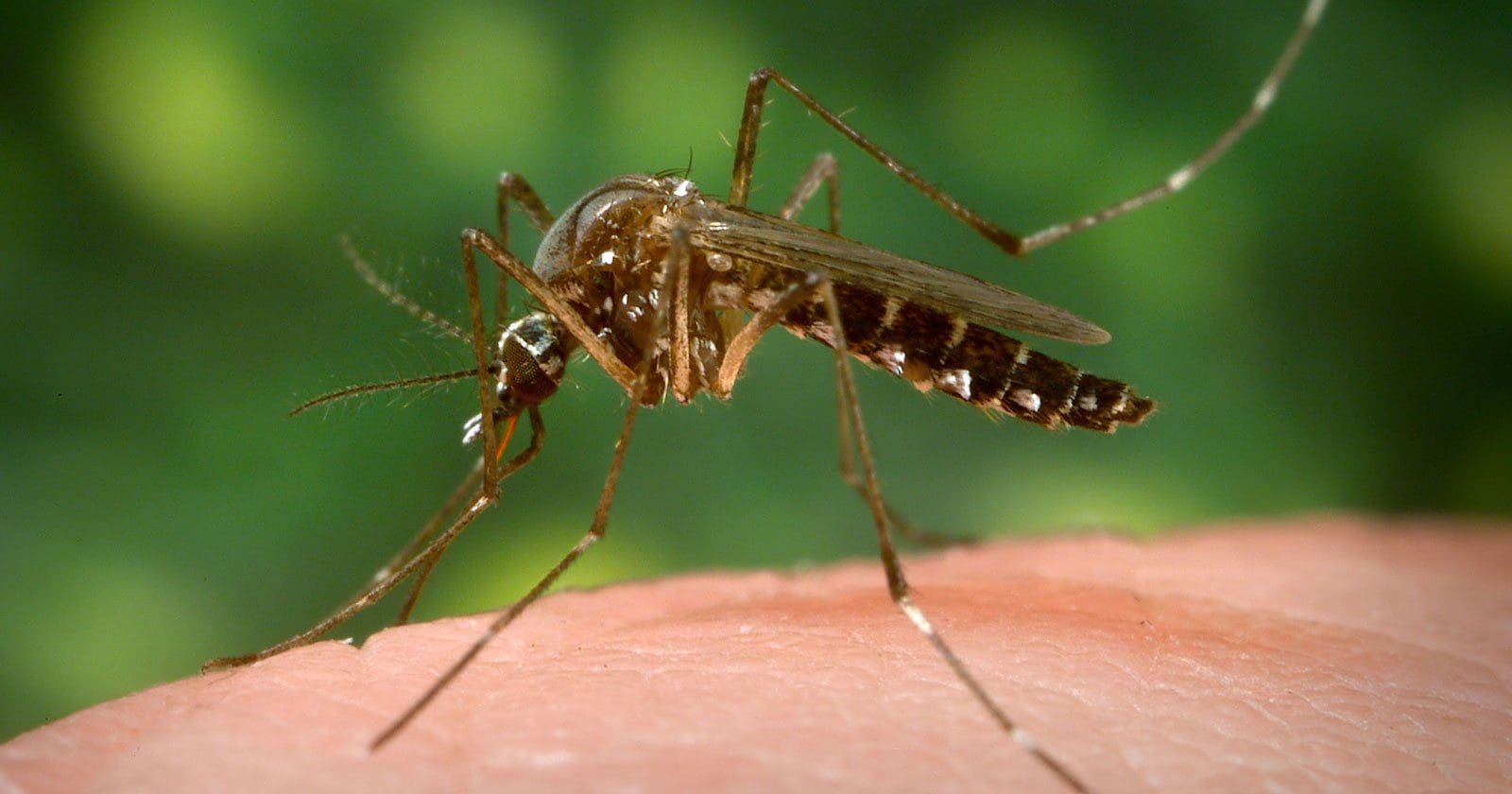Be careful eating bush tucker
The Aussie bush contains a bounty of wild edible plants that runs into the thousands, ranging from starchy seeds and tangy fruits to mushrooms, tubers, leaves and seaweed. However, knowing how to identify edible plants is not easy. The knowledge Aboriginal people have about which plants are edible, which plants are poisonous, and which plants are poisonous but can be prepared in certain ways that make then safe to eat would have been acquired over generations of trial and error.
While most plants are edible, although not necessarily nutritious, and only a small portion poisonous, you still need to be very careful when choosing to eat wild foods in the bush.
A few tips
- If you are in doubt about the identity of a plant leave it alone
- Many species are difficult to identify
- Some plants are highly toxic, some are deadly
- It is not recommended that you make any bush medicines that need to be swallowed, although rubs, poultices and medicines that can be inhaled should be fairly safe
- Plants are protected within National parks and you cannot pick fruits or flowers or otherwise interfere with plants
- When travelling through Aboriginal land, remember permission is required before fishing or gathering
- Never eat plants that are growing in an area where they may have been sprayed with pesticides or herbicides (weed killers), or where the water supply to the area could be polluted, such as from urban or industrial run-off.
- Never eat any part of any wild growing plant unless you are certain you can identify it. Being certain means you have developed a maturity of skill in identifying plants. It does not mean you are pretty sure it looks just like “that plant you saw once on some website”
- If you are unsure about whether or not food is safe to eat, do not consume it. You must be certain that you will not be affected by the consumption of a wild food when in a survival situation.
A simple method of testing food before consumption is the “taste test” method. Taste Testing Food requires you to simply trial the proposed food on your body before consuming it for energy.
The process of taste testing
- Break open the plant or fruit and rub a small component of its insides on a sensitive area of your body, for example the inside of your forearm where the skin is sensitive. Wait 15 minutes.
- If there is no reaction after step one, break open the plant or fruit and blotch it on your lips, without chewing or consuming. Wait 15 minutes.
- If there is no reaction after step two, chew a piece of the plant or fruit and spit it out, do not swallow. Wait 15 minutes.
- If there is no reaction after step three, chew a piece of the plant, swallow it and wait 15 minutes.
- If there is no reaction after step four then you can be confident that the food you are testing is OK to eat. Always, always be cautious though and if there is ever any doubt repeat the process or stop consuming the food immediately.
As you can see, safely taste testing can take a lot of time and is not always a guarantee the food is safe to eat.
Be extra careful when it comes to fungi as some symptoms of poisoning may not occur for up to 14 hours after consumption and may cause liver failure. It is extremely important to be able to positively identify the species of fungi you choose to eat before consuming it. Remember: the art of survival is about increasing your chances of survival, not reducing them.
I read an article recently about a guy who had taste tested mushrooms over a period of two days. With no adverse reaction, he then deemed they were safe to eat. Within two days he started to feel extremely weak as he slowly developed liver failure. Turned out the mushrooms were safe to eat provided they had been cooked first, which he did not know. So, unless you are 100% certain the wild food is safe and know how it needs to be prepared, it is safer not to consume anything in the wild.
Source: Some of the content from this article was adapted from www.survival.org.au






I went to a workshop on finding edible mushrooms. The guy was saying that the approach of the Australian Army is for soldiers to never use wild mushrooms – due to the difficulties of correct identification and so risk involved for comparatively few calories.
That’s very good advice Rob. Thanks for sharing.